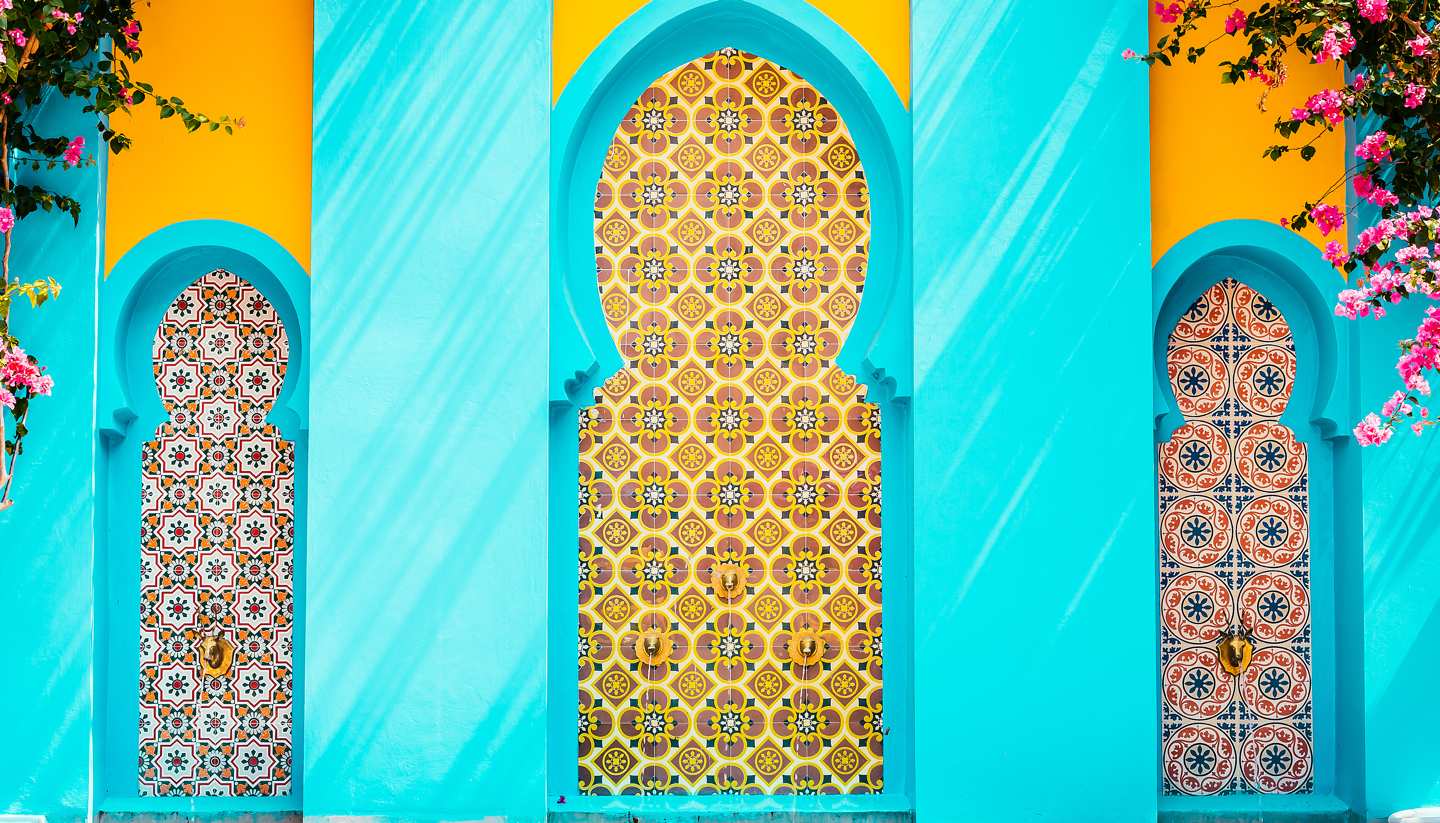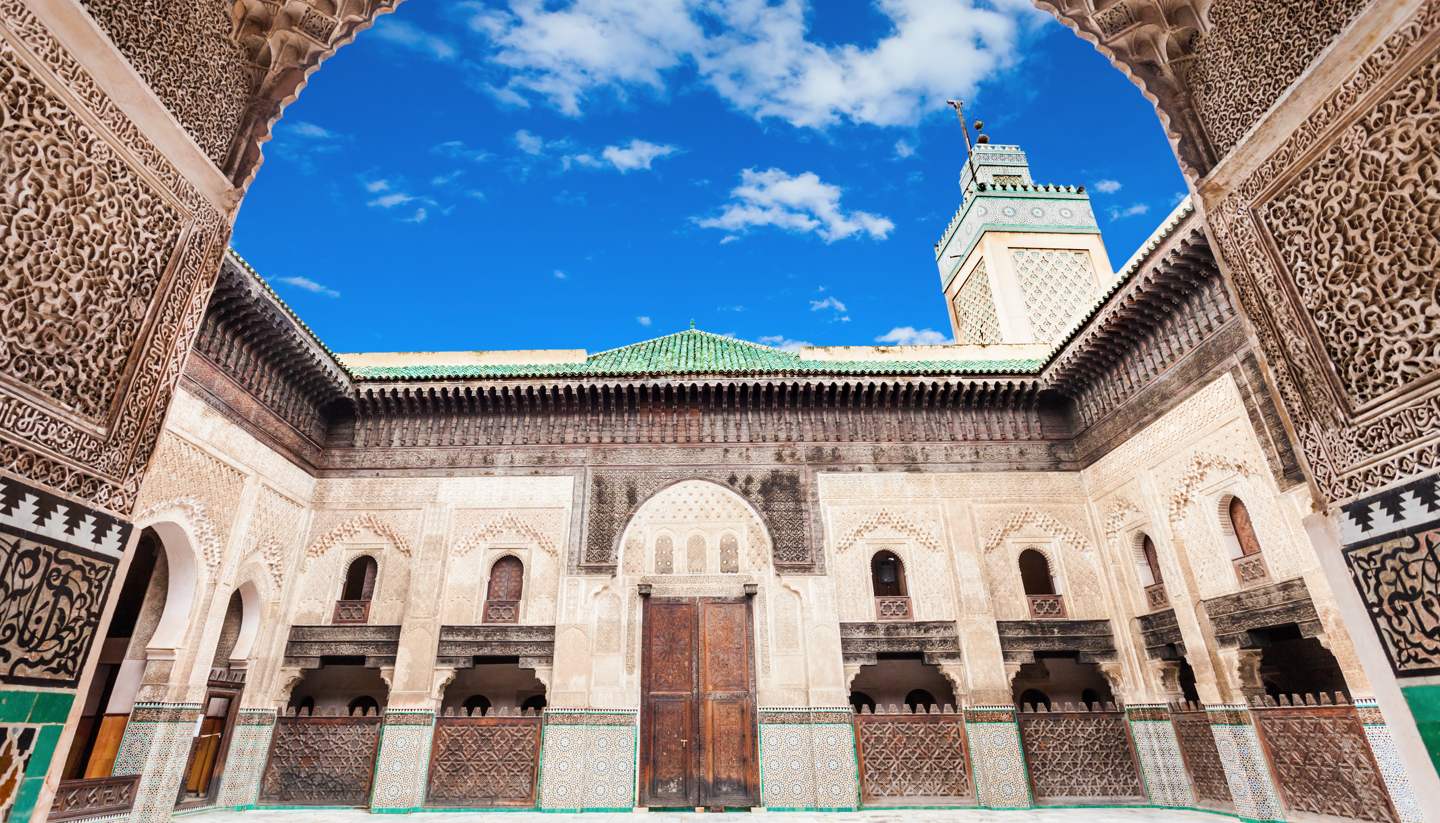Getting Around Morocco
Air
Royal Air Maroc (www.royalairmaroc.com) operates regular internal flights from Casablanca to several towns and cities, including popular tourist destinations like Agadir, Fes and Marrakech.
Departure tax
Included in ticket cost.
Road
The Moroccan road network is extensive but not without problems. High accident rates and speed traps are two examples that make for a tense journey. Hence, driving is not recommended for those after a relaxing holiday.
Side of the road
RightRoad Quality
Expressways that connect major cities are of excellent quality but winding mountain roads in the interior can be challenging for some, especially in winter.
Road Classification
Expressways have the prefix "A" while national roads are known as N roads.
Car Hire
International and local car hire companies are available in major towns, cities and airports. Prices vary with the season. The minimum age for driving a hired car is 18, although many hire companies require drivers to be 21 or over.
Taxi
Taxis are available in every major city and easily identified by their colour – red is for Casablanca and Agadir, Blue is for Rabat, Tangier and for Asilah, and orange is for Marrakech. Ask for metered fare when you get in.
Shared taxi services (Grand Taxis) also operate between towns. Passengers should realise that the journey doesn't start until all seats are filled.
Bike
Bike hire is increasingly popular, especially in Marrakech.
Coach
Taking a coach is a fun and inexpensive way to travel around Morocco. CTM (www.ctm.ma) is perhaps the best coach company with a comprehensive network that links Moroccan cities.
Regulations
Traffic drives on the right side of the road. Speed limits are 60kph (37mph) in urban areas and 100-120kph (62-75mph) on expressways. Seat belts are mandatory and no alcohol should be present in your bloodstream.
Breakdown services
There is no national breakdown service. Call your car hire company in case of emergency.
Documentation
Foreign drivers must have:
• A valid driving license from your country of residence
• An International Driving Permit (often required)
• Car hire documentation
• Insurance
• Your passport
Urban travel
In Marrakech and Tangier, hop-on hop-off sightseeing buses are a good option to explore the city.
In Casablanca, Rabat and Sale, the tramway is preferred by many locals and tourists.
Rail
Morocco has an excellent rail network managed by Office National des Chemins de Fer (ONCF). Book your tickets at www.oncf.ma.
Apart from taking the conventional train, you can also take a high-speed rail service (known as Al Boraq) which connects Tangier to Casablanca with stops at Kenitra and Rabat. Book your tickets at www.oncf.ma/Al-boraq.



